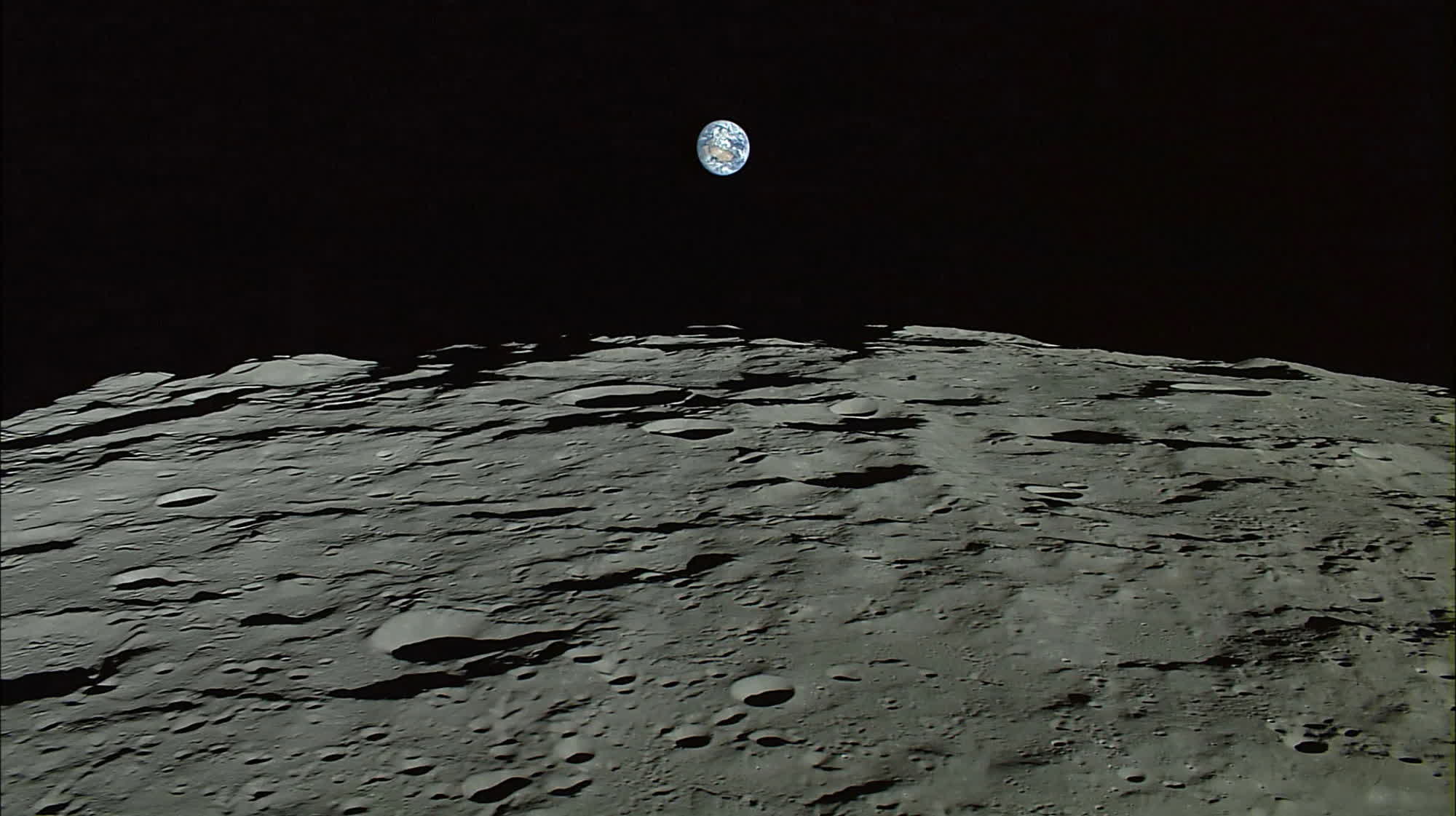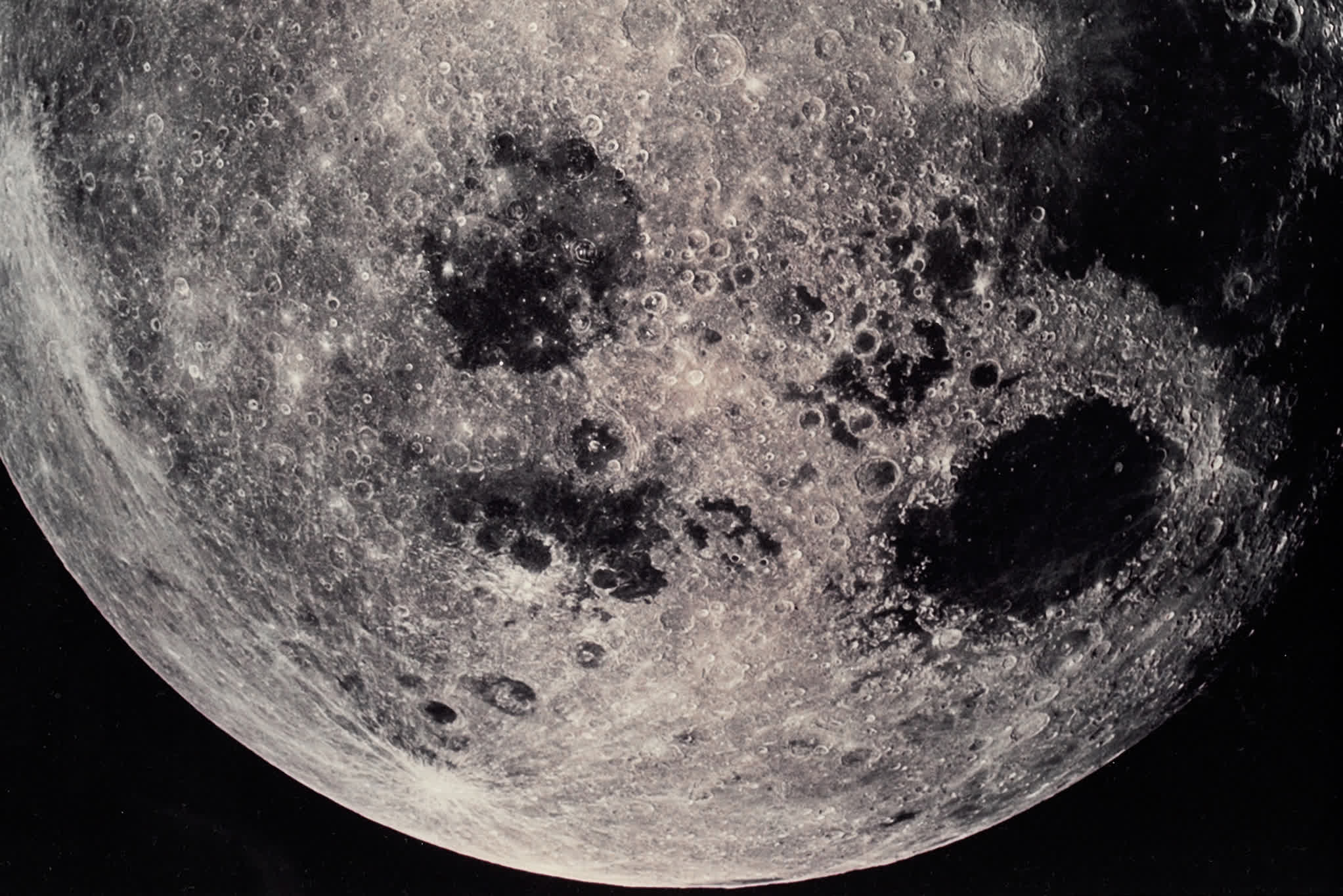Why it matters: Human activity on the Moon is increasing, and various proposals have been drafted for infrastructure to support further exploration. One such proposal involves the Moon's seismology, an area about which we know little but could present a potentially serious obstacle to future missions.

A group of researchers has proposed building a fiber seismic network on the Moon to facilitate the study of its seismic activity. This concept is one of several that could bring ambitious infrastructure projects to Earth's natural satellite in the coming years.
Seismometers placed on the Moon's surface by Apollo astronauts decades ago have since detected considerable activity. Recent data analysis suggests that moderate to severe shallow quakes frequently occur on the Moon. Due to the satellite's low gravity, these quakes might last for hours, and even light shaking could cause severe landslides, complicating future exploration efforts.
The fiber seismic network proposal aims to use a new array of sensors to significantly expand our ability to record and map the Moon's seismic activity. While scientists aren't entirely sure why moonquakes occur, one theory suggests they are part of the process through which the Moon is shrinking due to its cooling core. The fiber network might provide a clearer picture of the core's size and properties.

The distributed acoustic sensing (DAS) process could provide the proper sensor capabilities in a relatively cost-effective manner. Rayleigh scattering from tiny fluctuations in the refractive index of fibers would support real-time, continuous measurements along tens of kilometers of cable. This would offer researchers clear observations of seismic waves.
To reduce costs, the DAS network could piggyback on other lunar infrastructure projects, such as NASA's proposed plan to install a radio telescope in a crater on the dark side of the moon.
However, installing DAS cables presents a significant challenge. The researchers suggest either autonomous rovers or Artemis astronauts could complete the task. NASA's Artemis 3 mission, scheduled for no earlier than September 2026, aims to send the first humans to the Moon's surface since the Apollo missions.
Recent lunar missions from multiple countries have faced challenges. The Odysseus lander, the first American craft to land on the surface since Apollo 17 in 1972, ran out of power due to an awkward landing position. Japan also experienced an awkward landing when it became the fifth country to land an object on the Moon intact.
Despite challenges, successful future missions could lay the groundwork for significant permanent infrastructure. Plans include nuclear reactors from China, the US, and Russia, as well as proposals like melting portions of the surface into paved roads and landing pads using lasers. This would prevent spacecraft and rovers from kicking up dust.
Looking further ahead, NASA hopes to 3D print houses on the lunar surface.
https://www.techspot.com/news/102171-researchers-propose-installing-fiber-network-moon.html